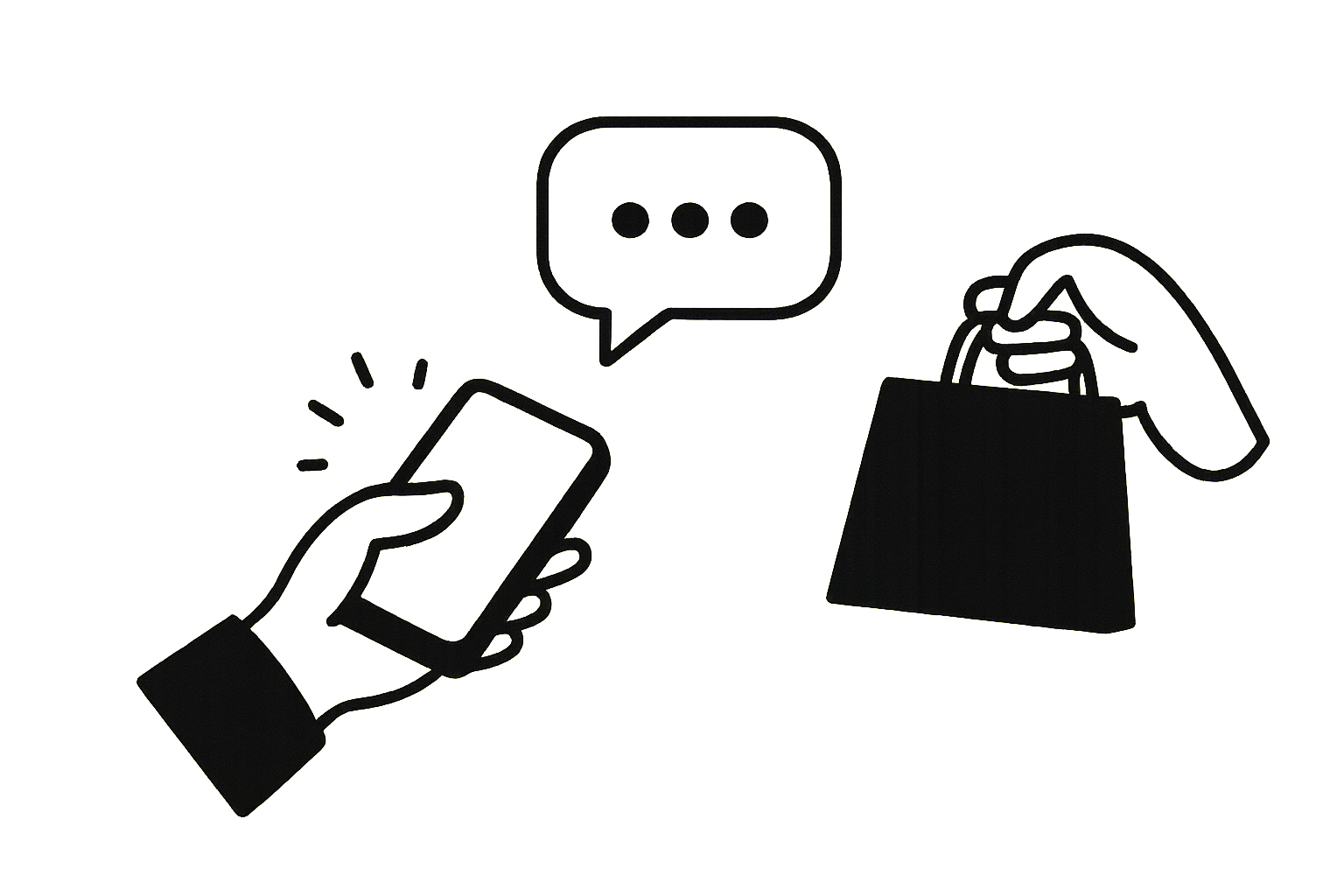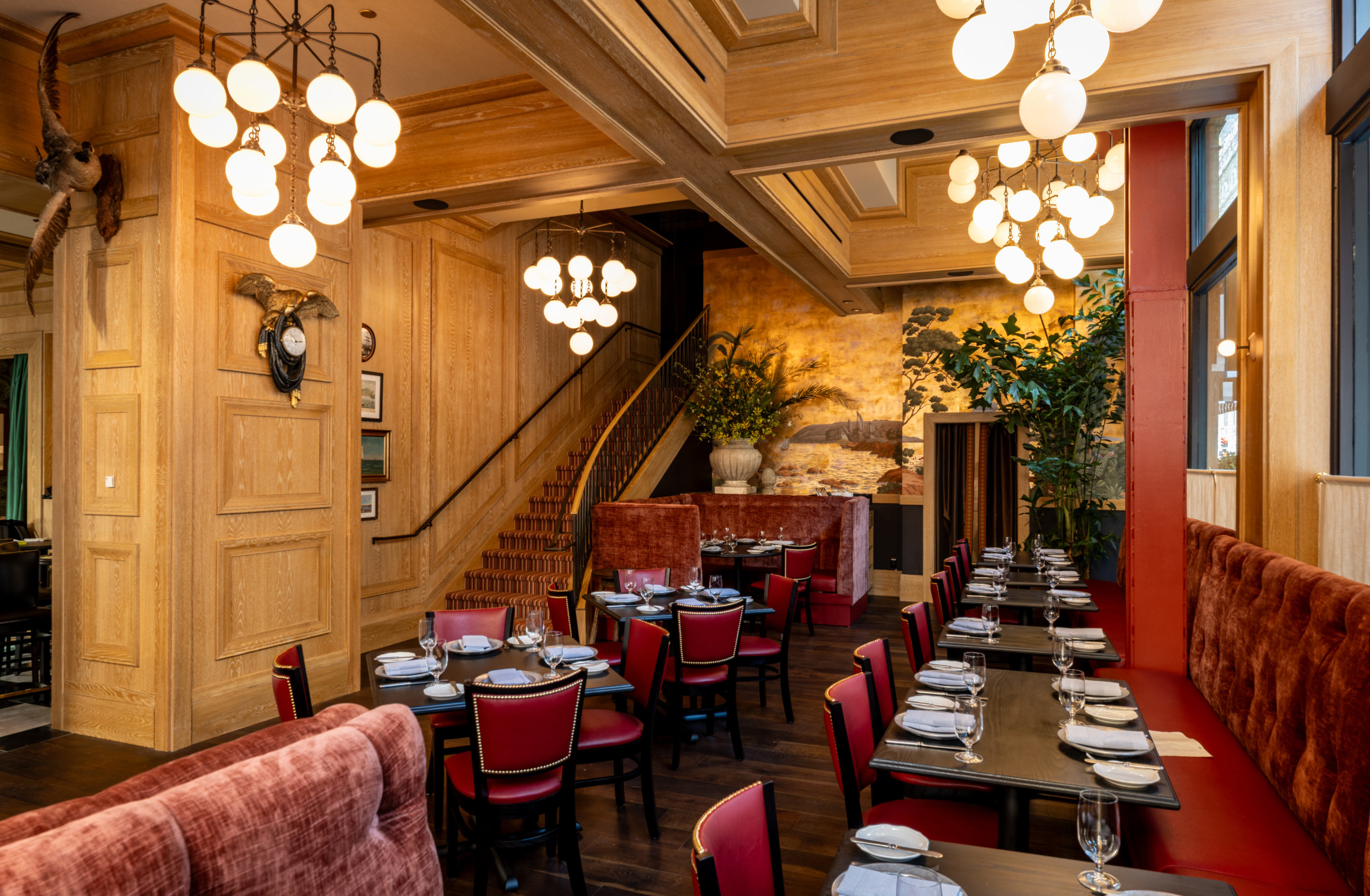
Restaurant owners know the drill: phones ring constantly during service with questions about menu items, hours, and takeout orders. In fact, in-demand establishments receive between 800 and 1,000 calls per month, with many being basic inquiries that could be found on the website (Hostie AI). The solution? AI chatbots designed specifically for restaurant websites that can handle online takeout orders while your staff focuses on what they do best—creating exceptional dining experiences.
AI chatbots are projected to save businesses around $8 billion per year by 2026, making them essential tools for modern restaurants (BotPenguin). These intelligent systems can handle everything from menu inquiries to complex order modifications, operating 24/7 without breaks or sick days. The key is choosing the right platform that integrates seamlessly with your existing POS system and delivers measurable ROI.
In this comprehensive guide, we'll compare four leading AI chatbot solutions for restaurant websites: Hostie AI, Maple (via Popmenu), Nemmis, and Popmenu's direct offerings. We'll evaluate each platform on order-taking accuracy, upselling capabilities, POS integrations, and monthly costs ranging from $199 to $800. Real-world performance metrics—like Maple's claim of 3-5× first-year ROI—will help you make an informed decision for your restaurant.
| Platform | Best for | Stand-out feature | Starting price | POS integrations |
|---|---|---|---|---|
| Hostie AI | Full-service restaurants | Multi-channel automation (calls, texts, web chat) | $199/month | Direct integration with existing systems |
| Popmenu AI Answering | High-volume operations | Proven track record with $1.5M+ in generated orders | $299/month | Native ordering platform |
| Maple (Popmenu) | Growth-focused restaurants | 3-5× first-year ROI claims | $399/month | Comprehensive restaurant management |
| Nemmis | Multi-location chains | Advanced analytics and reporting | $599/month | Enterprise-grade integrations |
Before diving into specific platforms, let's establish the criteria that separate exceptional restaurant chatbots from basic automated responses:
Order accuracy and complexity handling: The best systems can process complex orders with modifications, dietary restrictions, and special requests without human intervention. Restaurant menu inquiry automation is revolutionizing how eateries operate, enhancing efficiency and customer satisfaction while boosting sales (Loman AI).
Upselling and cross-selling capabilities: Smart chatbots don't just take orders—they increase ticket sizes by suggesting complementary items, upgrades, and promotions based on customer preferences and order history.
POS system integration: Seamless integration with your existing point-of-sale system ensures orders flow directly into your kitchen workflow without manual entry or potential errors. The integration of POS systems with AI phone answering is key for restaurant popularity and operational efficiency (Slang AI).
Multi-channel support: Modern customers expect to interact with your restaurant across multiple touchpoints—website chat, phone calls, text messages, and social media. The best platforms unify these channels into a single, coherent experience.
Analytics and reporting: Detailed insights into customer behavior, popular items, peak ordering times, and conversion rates help you optimize both your menu and marketing strategies.
Why choose Hostie AI: Built by restaurant owners for restaurant owners, Hostie AI understands the unique challenges of hospitality operations. The platform was started by a restaurant owner and an AI engineer, Brendan Wood, ensuring it addresses real-world restaurant needs (Hostie AI).
Key features:
Pros:
Cons:
Pricing: Starting at $199/month with subscription tiers that unlock additional features. The platform offers multiple languages support for diverse customer bases.
Best for: Full-service restaurants that want a comprehensive solution handling all customer communication channels, especially those dealing with complex requests like private events and detailed order modifications.
Why choose Popmenu AI Answering: With proven results including over $1,500,000 in online orders generated from automatically answering over 329,000 calls at Max's Restaurant, Popmenu AI Answering has demonstrated real-world success (Popmenu).
Key features:
Pros:
Cons:
Pricing: Part of Popmenu's complete solution starting at $299/month, with popular add-ons like Popmenu Boost and Ordernerd available (Popmenu).
Best for: Restaurants looking for a complete digital transformation with proven ROI metrics, especially those comfortable adopting Popmenu's full suite of tools.
Why choose Maple: Positioned as Popmenu's premium offering, Maple claims to deliver 3-5× first-year ROI through advanced AI capabilities and comprehensive restaurant management tools.
Key features:
Pros:
Cons:
Pricing: Starting at $399/month with enterprise features and dedicated support.
Best for: Growing restaurant chains and high-volume operations that need advanced AI capabilities and can justify the premium pricing through increased revenue.
Why choose Nemmis: Designed for enterprise-level restaurant operations, Nemmis focuses on advanced analytics, multi-location management, and sophisticated integration capabilities.
Key features:
Pros:
Cons:
Pricing: Starting at $599/month with custom enterprise pricing for large deployments.
Best for: Large restaurant chains, franchises, and enterprise operations that need sophisticated analytics, multi-location management, and custom AI training capabilities.
When choosing an AI chatbot for your restaurant website, focus on these critical performance indicators:
Order accuracy rates: The best platforms achieve 95%+ accuracy in order taking, reducing kitchen confusion and customer complaints. Common menu inquiries include questions about ingredients, nutrition, dietary compatibility, dish details, availability, and pricing (Loman AI).
Average ticket size increase: Look for platforms that demonstrate measurable increases in average order value through intelligent upselling and cross-selling suggestions.
Conversion rates: Track how many website visitors who interact with the chatbot actually complete orders compared to those who don't engage with the AI.
Response time: Customers expect immediate responses. The best chatbots respond within seconds, maintaining engagement and preventing cart abandonment.
Integration success: Measure how smoothly orders flow from the chatbot into your POS system and kitchen workflow without manual intervention.
Artificial Intelligence is expected to be a game-changer for restaurants in 2024 and beyond, optimizing operations and enhancing customer experiences (AppFront). The technology extends far beyond simple chatbots to include predictive analytics for inventory management, personalized marketing algorithms, and comprehensive customer experience platforms.
Restaurants are increasingly deploying virtual assistants and AI bots to handle routine inquiries like menu details, loyalty queries, and order tracking, freeing up human staff for more complex service tasks (Restaurant Technology News). This shift allows restaurant teams to focus on what matters most—creating memorable dining experiences and building customer relationships.
Conversational AI in restaurants can assist customers via voice or text, helping with tasks like order-taking, reservations, and customer service calls (Convin). The technology has evolved to handle complex conversations that feel natural and helpful rather than robotic and frustrating.
Start with clear objectives: Define what you want your AI chatbot to accomplish. Are you primarily focused on reducing phone call volume, increasing online orders, or improving customer service? Clear goals help you choose the right platform and measure success.
Train your team: Even with AI handling many interactions, your staff needs to understand how the system works and when to intervene. Proper training ensures smooth handoffs between AI and human team members.
Monitor and optimize: The best AI chatbots learn and improve over time. Regularly review conversation logs, customer feedback, and performance metrics to identify areas for improvement.
Maintain brand voice: Ensure your chatbot communications align with your restaurant's personality and brand voice. Customers should feel like they're interacting with your restaurant, not a generic AI system.
Plan for peak times: Consider how your chatbot will handle high-volume periods like lunch rushes, dinner service, and special events. Some platforms offer surge pricing or priority handling for busy periods.
When evaluating AI chatbot platforms, consider both direct costs and potential savings:
Direct costs:
Potential savings:
Revenue opportunities:
At $17 per hour, traditional phone answering positions are difficult to fill and maintain, with high turnover rates (Hostie AI). AI chatbots provide consistent, reliable service without the challenges of hiring and retaining staff for these roles.
Successful AI chatbot implementation requires seamless integration with your existing restaurant technology stack. The AI integrates directly with the tools you're already using—existing reservation systems, POS systems, and even event planning software (Hostie AI).
POS system compatibility: Ensure your chosen chatbot platform can communicate directly with your point-of-sale system. This integration eliminates manual order entry and reduces errors.
Reservation system sync: For full-service restaurants, the chatbot should integrate with your reservation management system to provide real-time availability and booking capabilities.
Inventory management: Advanced platforms can check real-time inventory levels and automatically remove unavailable items from ordering options.
Customer relationship management: Integration with CRM systems allows the chatbot to access customer history, preferences, and loyalty program information for personalized service.
The restaurant technology landscape evolves rapidly, so choose a platform that can grow with your business:
Scalability: Ensure your chosen platform can handle increased volume as your restaurant grows or if you expand to multiple locations.
Feature updates: Look for providers that regularly update their AI capabilities and add new features based on industry trends and customer feedback.
API availability: Platforms with robust APIs can integrate with future technologies and tools you might adopt.
Multi-language support: As customer bases become more diverse, multi-language capabilities become increasingly valuable.
Mobile optimization: Ensure the chatbot works seamlessly across all devices, as mobile ordering continues to grow.
Choosing the right AI chatbot for your restaurant website depends on your specific needs, budget, and growth plans:
For comprehensive multi-channel automation: Hostie AI offers the most complete solution for restaurants that want to automate calls, texts, emails, and web chat from a single platform. Built by restaurant industry insiders, it understands the nuanced needs of hospitality operations (Hostie AI).
For proven ROI with established results: Popmenu AI Answering provides documented success stories and integrates with a complete restaurant management ecosystem.
For enterprise-level operations: Nemmis offers the most sophisticated features for large restaurant chains and franchises that need advanced analytics and multi-location management.
For growth-focused restaurants: Maple provides premium AI capabilities with strong ROI claims for restaurants ready to invest in advanced technology.
The restaurant industry has seen "unbelievable, crazy growth" in AI adoption, according to industry experts (Hostie AI). This growth reflects the real value these platforms provide in addressing labor shortages, improving efficiency, and enhancing customer experiences.
AI chatbots for restaurant websites have evolved from simple automated responses to sophisticated systems that can handle complex orders, upsell effectively, and integrate seamlessly with existing restaurant operations. The platforms we've reviewed—Hostie AI, Popmenu AI Answering, Maple, and Nemmis—each offer unique strengths for different types of restaurant operations.
The key to success lies in choosing a platform that aligns with your restaurant's specific needs, integrates well with your existing systems, and provides measurable ROI. Whether you're a single-location restaurant looking to reduce phone call volume or a multi-location chain seeking comprehensive automation, there's an AI chatbot solution that can help you serve customers better while improving operational efficiency.
As the technology continues to evolve, restaurants that adopt AI chatbots now will be better positioned to compete in an increasingly digital marketplace. The question isn't whether to implement AI chatbots, but which platform will best serve your restaurant's unique needs and growth objectives. With proper implementation and ongoing optimization, these tools can transform your customer service while freeing your team to focus on what they do best—creating exceptional dining experiences.
The top AI chatbots for restaurant takeout orders in 2025 include Hostie AI, Popmenu AI Answering, Maple, and Nemmis. These platforms excel in order accuracy, POS integrations, and upselling capabilities. Each offers unique strengths - Popmenu has proven results with over $1.5 million in generated orders, while Hostie AI specializes in handling the 800-1,000 monthly calls that busy restaurants typically receive.
AI chatbots are projected to save businesses around $8 billion per year by 2026 according to industry research. For restaurants specifically, chatbots can handle routine inquiries like menu details, hours, and order tracking, freeing up human staff for more complex service tasks. This automation helps address labor shortages while reducing human errors and improving operational efficiency.
Yes, modern restaurant AI chatbots are designed to integrate seamlessly with popular POS systems. This integration is crucial for order accuracy and real-time menu updates. The best chatbots can sync with your existing POS to process orders directly, update inventory levels, and ensure pricing consistency across all ordering channels.
Restaurant AI chatbots can handle a wide range of common inquiries including menu questions about ingredients and nutrition, dietary compatibility checks, dish availability and pricing, hours of operation, and takeout order placement. According to Hostie AI research, busy restaurants receive 800-1,000 calls monthly with many being basic inquiries that could be automated, making chatbots highly effective for reducing phone volume.
AI chatbots have proven highly effective at boosting online orders. Real-world case studies show impressive results - Max's Restaurant used Popmenu's AI Answering to automatically handle over 329,000 calls, generating over $1.5 million in online orders. Local's Pub & Pizzeria saw a 132% increase in online orders within 90 days of implementing AI answering technology.
When selecting an AI chatbot, restaurants should evaluate order accuracy rates, upselling capabilities, POS integration options, pricing structure, and customer support quality. Look for solutions that offer 24/7 availability, can handle complex menu inquiries, provide analytics and reporting, and have proven track records with similar restaurant operations. Consider both setup costs and ongoing monthly fees when comparing options.
RELATED


